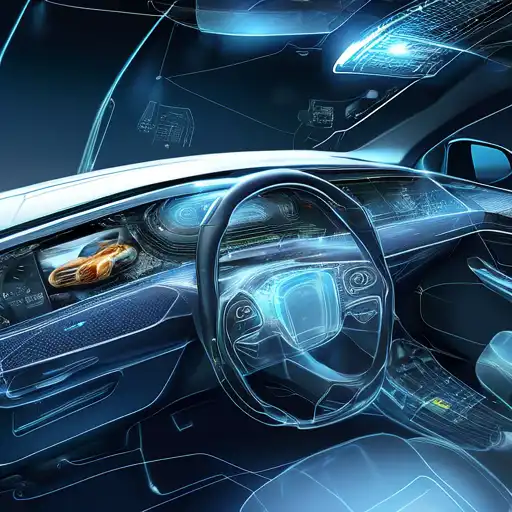Introduction to Embedded Systems in Automotive
Embedded systems have become the backbone of modern automotive engineering, driving innovations that enhance vehicle safety, efficiency, and user experience. These specialized computing systems are designed to perform dedicated functions within larger mechanical or electrical systems, making them indispensable in today's vehicles.
The Role of Embedded Systems in Automotive Safety
Safety is paramount in the automotive industry, and embedded systems play a critical role in ensuring it. From advanced driver-assistance systems (ADAS) to anti-lock braking systems (ABS), embedded technologies are at the heart of safety features that protect passengers and pedestrians alike.
- ADAS: Utilizes sensors and cameras to detect potential hazards and alert the driver or take corrective action.
- ABS: Prevents wheel lock-up during braking, maintaining traction and reducing stopping distances.
- Electronic Stability Control (ESC): Helps drivers maintain control of the vehicle during extreme steering maneuvers.
Innovations Driven by Embedded Systems
Beyond safety, embedded systems are fueling innovation in the automotive sector. Electric vehicles (EVs), autonomous driving, and connected car technologies are all made possible through advanced embedded solutions.
- Electric Vehicles: Embedded systems manage battery life, power distribution, and charging processes.
- Autonomous Driving: Relies on embedded systems for real-time data processing and decision-making.
- Connected Cars: Use embedded technologies to communicate with other vehicles, infrastructure, and the cloud for enhanced navigation and entertainment.
Challenges and Future Directions
Despite their benefits, the integration of embedded systems in automotive applications presents challenges, including cybersecurity risks and the need for continuous updates. However, the future looks promising with the advent of more sophisticated AI and machine learning algorithms that can further enhance safety and innovation.
Conclusion
Embedded systems are revolutionizing the automotive industry by improving safety standards and enabling groundbreaking innovations. As technology advances, we can expect these systems to become even more integral to vehicle design and functionality, paving the way for smarter, safer, and more efficient transportation solutions.
